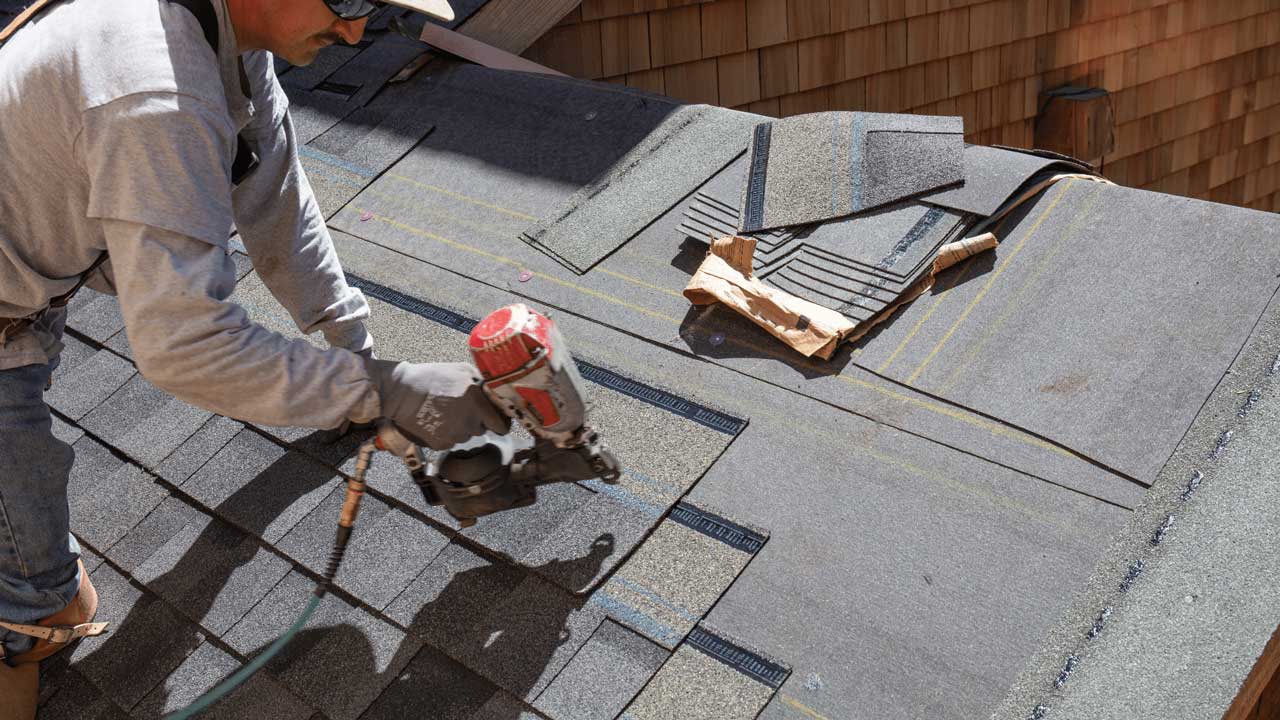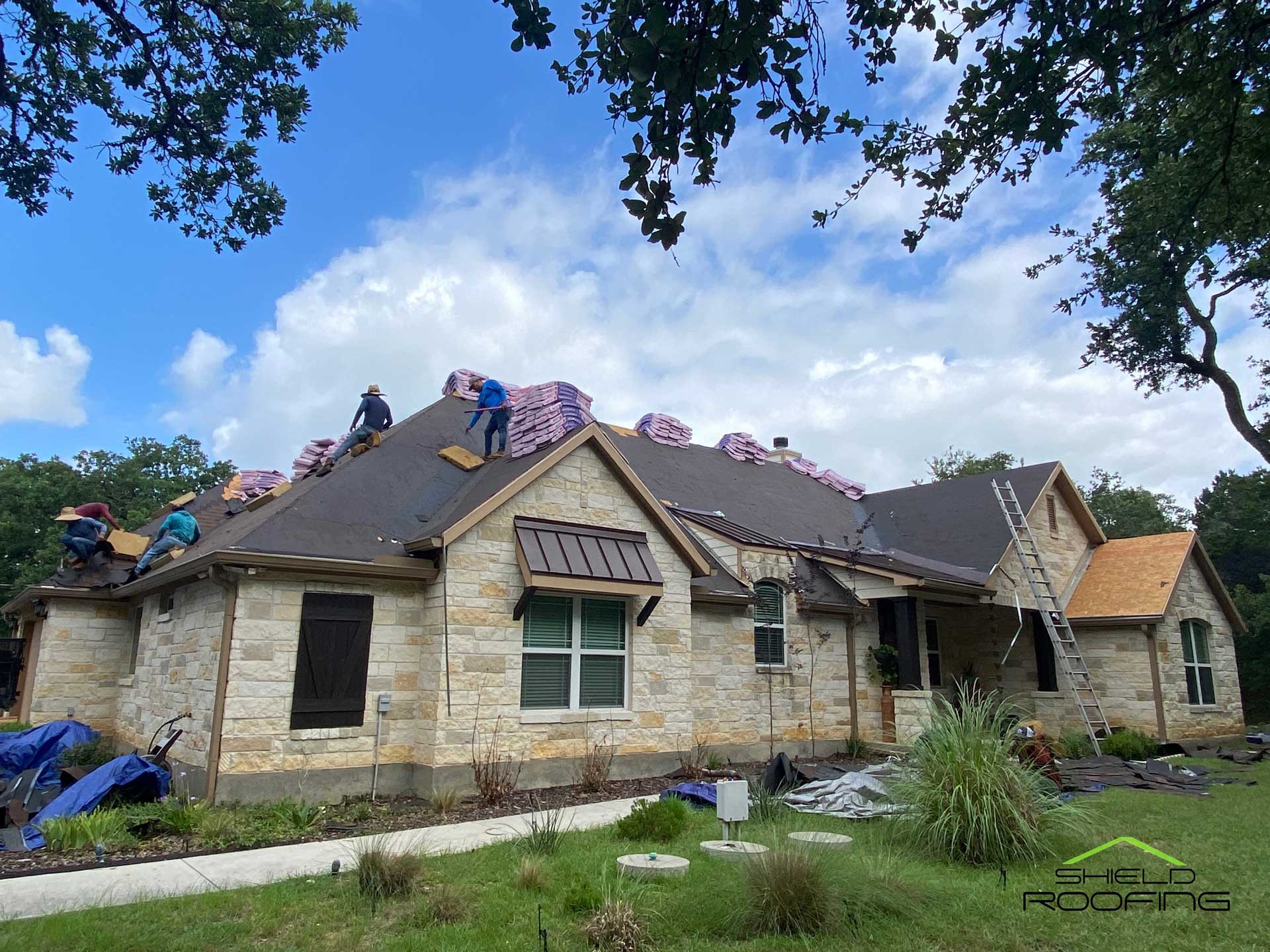Roof insulation is an important aspect of a home’s overall comfort, energy efficiency and durability. It helps to protect the building from excessive heat gain or loss during different parts of the year.
Understanding the various types of roof insulation available can help homeowners make informed decisions about which type will best meet their individual needs. This article provides insight into understanding the different types of insulation for the roof of a home.
The potential benefits of each insulation option are discussed, as well as factors that should be taken into consideration when selecting one. Additionally, tips are provided on how to properly install these materials in order to ensure maximum performance and benefit.
Benefits Of Roof Insulation
Roof insulation provides numerous benefits to homeowners. Its primary purpose is to increase energy efficiency, as it helps keep conditioned air from escaping the home and prevents outdoor temperatures from entering the living space. This reduces both heating and cooling costs, resulting in significant energy savings over time for those who install insulation properly.
Furthermore, roof insulation offers enhanced temperature control by helping maintain a consistent interior climate regardless of weather conditions outside. Homeowners can enjoy improved comfort all year round and avoid extreme indoor temperature fluctuations that come with seasonal changes.
In addition, when paired with other forms of building envelope protection such as siding or caulking, roof insulation further boosts thermal resistance and allows for even greater energy savings. Roof insulation therefore delivers cost-effective solutions that improve quality of life while simultaneously reducing environmental impact.
Types Of Insulation For Roofs
When it comes to choosing an insulation material for your roof, cost benefit analysis and environmental impact are two important considerations.
It is essential to understand the different types of materials available on the market in order to make an informed decision.
Fiberglass insulation has long been a popular choice due to its affordability and easy installation process.
Furthermore, fiberglass offers good thermal protection and is non-corrosive, making it ideal for roofs exposed to the elements.
As far as environmental impact goes, fiberglass tends to have relatively low VOC emissions when compared with other options such as spray foam or cellulose.
In terms of durability and insulation efficiency, spray foam takes the lead by providing excellent air sealing properties that reduce energy loss from drafts.
However, installing this type of insulation can be expensive due to specialized equipment needed for proper application.
Cellulose also provides superior insulating power but may require additional reinforcement if used in areas prone to water damage.
Ultimately, selecting an appropriate roofing insulation depends on multiple factors including budget constraints and desired performance level.
Loose-Fill Insulation
Loose-fill insulation is a popular choice for roofs due to its ease of installation and adaptability.
Unlike batt or blanket insulation, loose-fill does not require cutting and fitting into tight spaces.
It can be poured in between joists as needed, making it ideal for hard to reach areas that are difficult to insulate with other materials.
Additionally, the cost of loose-fill insulation is typically lower than other types when taking into account installation requirements such as ventilation.
It is important to note, however, that while working with loose-fill material may seem simpler than other options at first glance, there are still some complexities involved depending on your roof’s shape and size.
To ensure you have an accurate understanding of how much material will be required for your project, speak with a professional contractor who can provide you with an estimate based on their experience.
Furthermore, obtaining multiple quotes from different sources will allow you to compare costs and select the most suitable offer for your budget.
All things considered, if installed correctly by experienced professionals, loose-fill insulation offers superior performance at a competitive price point compared to alternative solutions.
Batt Insulation
Batt insulation is a type of home roof insulation that is made from fiberglass and other materials. It can provide many benefits, such as energy savings and improved climate control in the home.
Batt insulation works by trapping air between two surfaces, creating an insulating barrier against outside temperatures. This helps to keep the temperature inside the house comfortable throughout all seasons. The material also offers soundproofing properties which can reduce noise levels both indoors and outdoors.
Batt insulation is usually installed directly over existing ceiling joists with minimal disruption, making it a relatively easy solution for homeowners who are looking to improve their roofs’ energy efficiency. Additionally, batt insulation typically has a higher R-value than some other types of insulation, meaning that less material may be required to achieve the desired level of protection from heat transfer.
As a result, this type of insulation may be more cost effective than other alternatives when considering long-term energy savings and climate control in your home.
Spray Foam Insulation
Batt insulation is a popular choice for homeowners looking to insulate their roofs, but spray foam insulation has become an increasingly attractive option.
Spray foam insulation can be installed in liquid form and expands as it dries, providing a strong seal that keeps the air out of your home while keeping you comfortable year-round.
It also provides lasting durability with impermeability from moisture damage and higher energy efficiency than other traditional methods of installation.
The process of installing spray foam insulation is relatively straightforward; however, hiring professional contractors trained in its application is recommended for best results.
Spray foam insulation creates an effective barrier against outside temperatures, creating a much more energy efficient environment in comparison to batt insulation or other materials.
This reduces the amount of energy needed to heat or cool your home, which can result in lower monthly bills and long-term savings on electricity costs.
Additionally, because this type of installation forms around pipes, cracks, and gaps to fill any potential leaks or drafts completely–it ensures a high level of comfort throughout the entire house all year round.
Radiant Barrier
Homeowners looking to improve their roof insulation should consider the benefits of radiant barrier technology.
Radiant barriers are made up of a reflective surface – such as aluminum foil or plastic film – that helps to reduce heat transfer from your home’s interior.
The effectiveness of this type of insulation is dependent on its reflective properties, which can help keep homes cooler during summer months and warmer in wintertime.
In addition, they act as an effective vapor retarder, helping to prevent condensation and dampness inside walls and ceilings during humid weather conditions.
Radiant barriers also tend to be more durable than other types of insulation, making them ideal for long-term use in any home.
With proper installation and maintenance, these products have been proven to offer superior energy efficiency over time compared with traditional materials like fiberglass or cellulose batting.
Factors To Consider When Selecting An Insulation Type
Radiant barrier insulation has been shown to be an effective form of energy efficiency for many homes. However, when selecting a type of insulation for your roof, there are several factors that should be taken into consideration.
Climate control is a major factor in choosing the right kind of insulation. Different types offer varying levels of protection from both heat and cold temperatures. Additionally, you must consider the ventilation requirements for each type as well as potential fire hazards if applicable.
Furthermore, different materials may require additional maintenance or repair over time which could add to the overall cost. Energy efficiency should also not be overlooked; look at how much money can be saved on heating and cooling bills with certain types compared to others.
Costs associated with installation and ongoing maintenance will ultimately determine what type of insulation is suitable for your home’s roof. It is important to weigh all these factors before making a decision so that you can find an option that best suits your needs while still providing adequate climate control and energy savings throughout the year.
Conclusion
The optimal insulation type for any roof depends on a variety of factors, such as the local climate and budget. It is important to understand all available options before making an informed decision.
Loose-fill, batt, spray foam and radiant barrier are four common types of insulation that can be used in roofing applications. Each has its own advantages and disadvantages which must be carefully considered before selecting the best option for one’s home.


